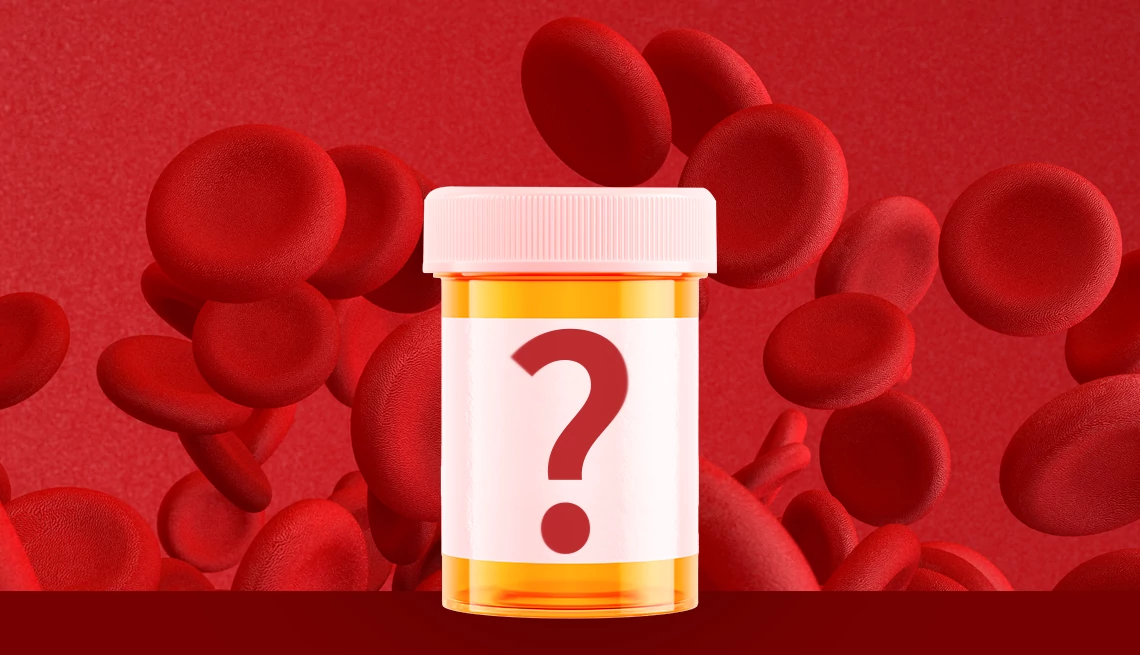Tina Ridler knew something was wrong last October when her right foot became swollen, sore and warm.
The doctor advised her to go to the emergency room for a scan. Ultrasound tests showed large blood clots formed when blood components (red blood cells, platelets, and protein chains called fibrin) clump together.
This type of blood clot in the leg is also known as deep vein thrombosis and can be a medical emergency. The blood clot can travel to the lungs and cause a pulmonary embolism. Pulmonary embolism is a potentially fatal complication that prevents blood and oxygen from flowing through the lungs, says cardiologist Karol Watson, M.D., professor at the David Geffen School of Medicine at the University of California, Los Angeles.
Blood clot symptoms
Not everyone with a blood clot experiences symptoms.
If you have a blood clot in your leg or arm, you may experience the following symptoms:
- swelling
- pain or tenderness
- warmth
- Redness or discoloration
Signs of pulmonary embolism include:
- difficulty breathing
- heartbeat faster than normal or irregular
- Chest pain or discomfort. It usually gets worse when you take a deep breath or cough.
- cough or vomit blood
- Extremely low blood pressure, lightheadedness, or fainting
These signs and symptoms require immediate medical attention.
Source: Centers for Disease Control and Prevention (CDC)
Blood clots can also form in other places. A blood clot that gets stuck in an artery that supplies blood to the heart can cause a heart attack. If it gets stuck in a blood vessel leading to the brain, it can cause a stroke.
Riddler’s doctor prescribed a fast-acting anticoagulant called a direct oral anticoagulant to quickly destroy the blood clot.
“The doctors looked at my scan and said, ‘Take it right away,'” said Ridler, 59, who runs a wellness company in Rochester, Minnesota. What she felt was that “the clock was ticking.”
According to the Centers for Disease Control and Prevention, up to 900,000 Americans develop blood clots each year, and between 60,000 and 100,000 of them die from blood clots. Elderly people are at higher risk of developing the disease.
Coagulation is a balancing act. For example, if you cut your finger to stop bleeding, a blood clot forms in your body. The clotting process creates a scab over the wound, which helps protect the body from bacteria and dirt. If blood fails to clot in response to an injury, a person can die from blood loss. As the injury heals, the body naturally dissolves the blood clot.
In some cases, such as deep vein thrombosis, a blood clot forms in a blood vessel without any damage and does not dissolve on its own. When a blood clot forms in a vein, it can block the flow of blood back to the heart. This causes blood to pool behind the clot and build up pressure, resulting in the pain and swelling that Riddler felt in his leg.
